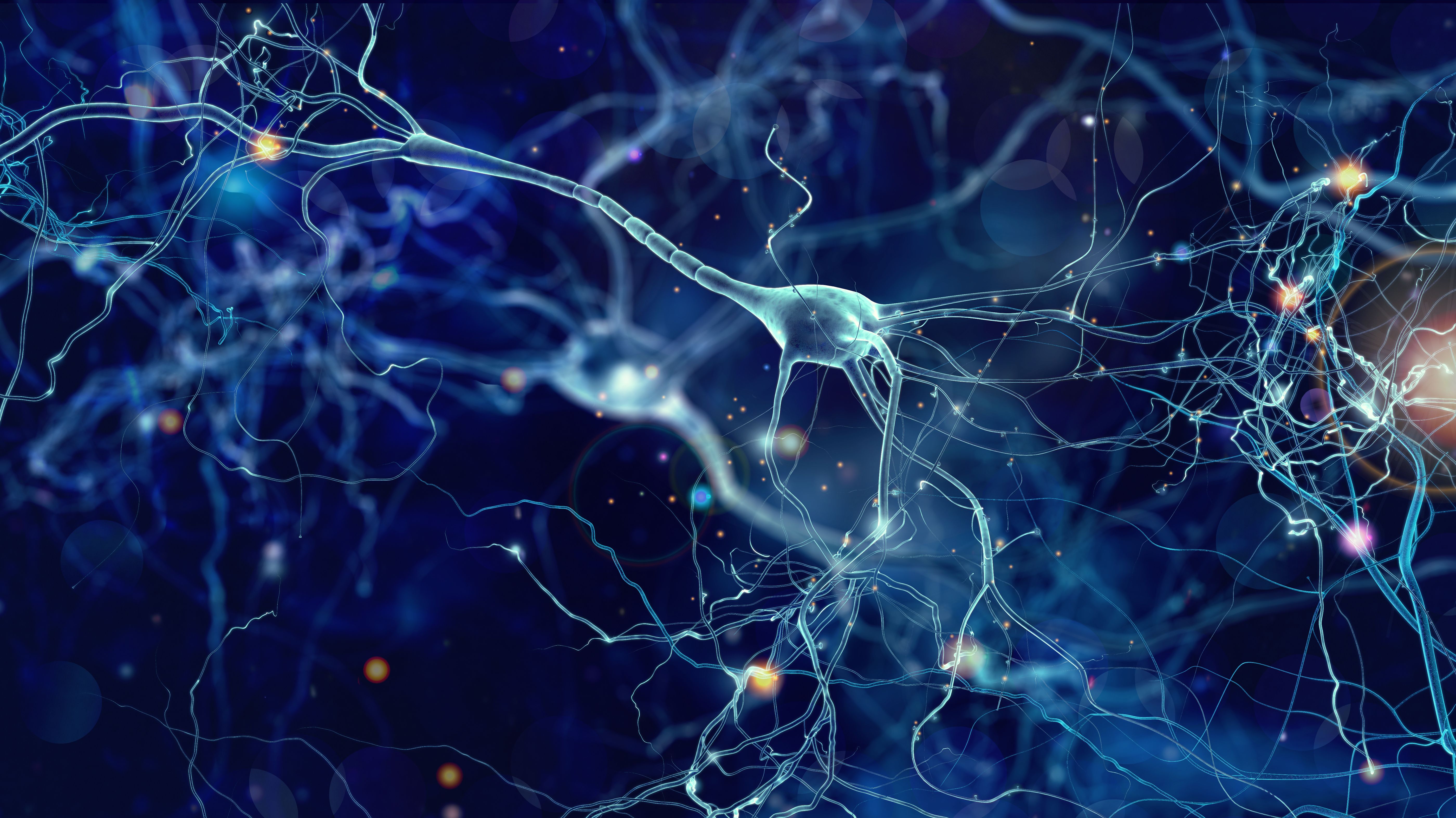In patients with severe cases of COVID-19, ultra-high-field quantitative susceptibility mapping (QSM) scanners, called 7T scanners, have revealed that the brainstem is a site of vulnerability to the long-term effects of COVID-19, with persistent changes evident in the months following hospitalization.1
Image credit: © whitehoune | stock.adobe.com

Symptoms of post-acute COVID-19 syndrome, called “long COVID,” may be related to the brainstem abnormalities that have been reported when COVID-19 is involved in a patient. However, conventional MRI scans have yet to show consistent brainstem abnormalities at follow-up. With more substantial MRI techniques such as QSM, investigators may be able to identify more subtle changes in the brainstem and other areas of the brain.1
Prior post-mortem studies of patients who had died from severe COVID-19 infections in the early stages of the pandemic had indicated brainstem changes, though they were thought to result from a post-infection immune response instead of a direct infiltration of the virus in the brain. This clarity is important, given the essential role that the brainstem plays for many basic bodily functions.2
“The brainstem is the critical junction box between our conscious selves and what is happening in our bodies,” James Rowe, who co-led the research, said in a news release. “The ability to see and understand how the brainstem changes in response to COVID-19 will help explain and treat the long-term effects more effectively.”2
In this study, the investigators investigated QSM abnormalities in the brainstem of post-hospitalized patients with COVID-19 according to subregions defined as regions of interest. Once the scans were complete, they tested to determine whether brainstem susceptibility correlates with clinical measures of disease severity and laboratory measures of inflammation.1
A total of 31 individuals were included in the study. Regarding the patient data, the investigators extracted the mean χ from the significant clusters showing atrophy and fitted 9 linear models to test their association with laboratory and clinical outcomes. Of note, this study took place in patients who were admitted early in the pandemic with severe COVID-19, prior to the availability of vaccines.1,2
Regional mean χ increased in the brainstem in the COVID group compared with healthy controls (HC), which was mainly localized in the pons subregion of the brainstem and in the medulla. A voxel-wise analysis on the brainstem identified 2 major clusters located in the medulla region, with a significant increase in χ in the COVID group. Importantly, those clusters partially overlap brainstem reasons that are known to be associated with body homeostasis and respiratory function.1
The highest C-reactive protein (CRP) detected during admission was positively associated with the mean χ values extracted from the clusters identified in the medulla portion of the brainstem. Furthermore, it was weakly associated with the World Health Organization severity index and duration of hospital admission. There were no other significant trends observed for clinical assessments.1
“The fact that we see abnormalities in the parts of the brain associated with breathing strongly suggests that long-lasting symptoms are an effect of inflammation in the brainstem following COVID-19 infection,” Catarina Rua, first author of the study, said in the news release.2
Based on these results, the investigators hypothesize that a brainstem insult follows COVID-19 in hospitalized patients, impairing autonomic functions that lead to the persisting clinical symptoms in those with long COVID. Interestingly, the investigators noted that a similar pattern can be observed following a severe traumatic brain injury.1
Brainstem injury due to COVID-19 may not only lead to long-term physical effects. The 7T scanners indicated some of the psychiatric effects of the disease, as the brainstem monitors breathlessness in addition to fatigue and anxiety. Rowe spoke to how patients with the most marked immune response correspondingly showed higher levels of anxiety and depression.1,2
“This approach can provide a valuable tool to better probe the brain for the long-term effects of COVID-19 and other potential SARS-CoV diseases, in order to inform acute and long-term therapeutic strategies to aid recovery,” the investigators concluded.1
REFERENCES
1. Rua C, Raman B, Rodgers CT, et al. Quantitative susceptibility mapping at 7T in COVID-19: brainstem effects and outcome associations. Brain. 2024: awae215. doi:10.1093/brain/awae215
2. University of Cambridge. Ultra-powered MRI scans show damage to brain’s ‘control center’ is behind long-lasting COVID-19 symptoms. EurekAlert! News Release. Released October 7, 2024. Accessed October 9, 2024. https://www.eurekalert.org/news-releases/1060117
This article was originally published by a www.pharmacytimes.com . Read the Original article here. .


